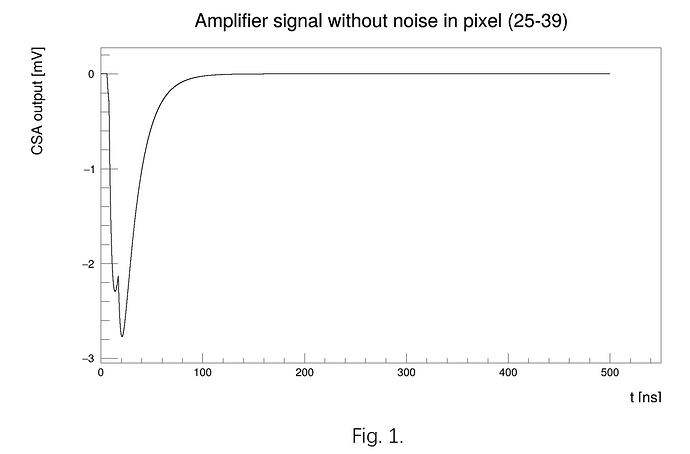Dear @luca_tero and @simonspa
Thank you very much for your kind reply, but I still have some questions.
My goal is to simulate pile-ups under occupancy-limited situations. Specifically, the inter-arrival times between photons can be shorter than the durations of generated electrical pulses after amplification, thus creating clusters of pulses, known as pile-ups. An example of pile-ups is presented in Fig. 1. To this end, I need to increase the activity/intensity of the source.
Firstly, regarding the first method mentioned by @luca_tero , I guess the mechanism of the command /gps/source/add intensity works as follows:
/gps/source/add x1
/gps/source/add x2
number_of_events = n
If these n events are completed within time t, the intensity of the first source can be expressed as \frac{x_1*n}{(x_1+x_2)*t}, and the intensity of the second source can be expressed as \frac{x_2*n}{(x_1+x_2)*t}.
I have the following two questions:
- I cannot control t; this command only controls the relative intensity of multiple sources, but not the absolute intensity of a single source.
- In the case of only one source, gps//source/add/ intensity seems to have no significance.
Secondly, regarding the second method mentioned by Luca:
Do you mean adding intensity information during data processing afterward? However, in my experimental scenario, the intensity information needs to be added when photons interact with the detector.
Thanks again for your reply!
Best,
Lincy
